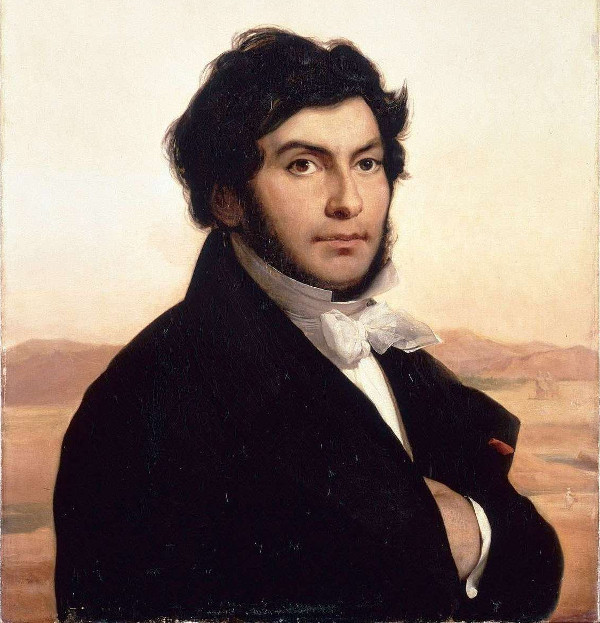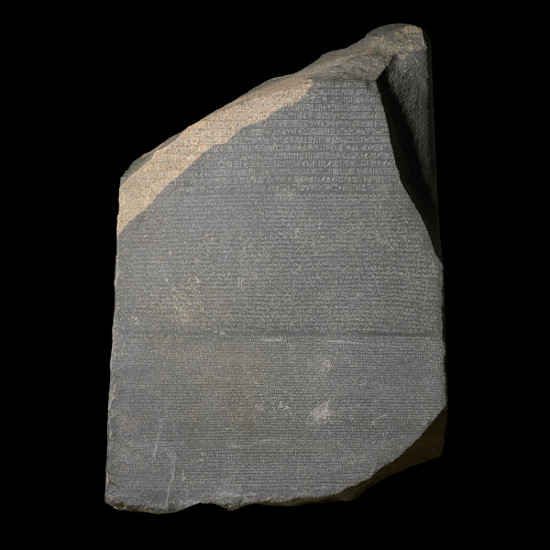The father of Egypt learned to die of strange disease
The French scholar had the merit of deciphering hieroglyphs of the ancient Egyptians who died young after being ill.
The decoder of ancient Egyptian hieroglyphs died of strange disease
According to Ancient Origins, Jean-Francois Champollion , who is considered the father of Egyptology, soon passed away after deciphering Rosetta slabs with many mysterious hieroglyphs, helping modern humans better understand one of the great civilizations of human history.

Jean-Francois Champollion died young in illness.(Photo: Wikimedia Commons).
Champollion was born in 1790 in France and died here in 1832. Before departing to Egypt in 1829, he felt uncomfortable in him. After Champollion died at the age of 42, his family refused to do autopsies, but research reports on his condition allowed doctors to draw some conclusions.
In Egypt, Champollion has no fever or lymphoma. However, at the end of his life, Champollion suffered from muscle weakness, paralysis, and finally could not breathe. In the last weeks, his mood became unstable with the development of a pseudomembranous disease, which made Champollion unable to express his thoughts before he died. This is a tragedy for the man who successfully deciphered the language of the ancient Egyptians and opened their world.

Rosetta stones help modern scientists understand Egyptian hieroglyphs.(Photo: British Museum).
The Rosetta stone was discovered by the French in 1799 at a fortress in the town of Rosetta in the Nile Delta. On the stone tablet engraved a decree issued in 196 BC on the behalf of King Ptolemy V. This decree was written in three types of words: the top is the ancient Egyptian hieroglyphics, in the middle are Demotic characters and below. The same is ancient Greek. Because the stone presents the same text with all three writing systems (there are some minor differences between them), it provides the key to modern scholars to understand Egyptian hieroglyphs.
- Learn the origin and meaning of Father's Day 2018
- Cruel truth: For every 1 in 10 Britons, it is unclear who his father is
- The strange hypothesis about the origin of pharaoh Akhenaten
- The miracle of raising children with father's milk
- Why is the old father easy to give birth to malformed children?
- Science just proves: The child who is like a father is a great blessing
- Obesity is inherited from father to child, he goes to grandchildren
- Strangely the boy laughed and died
- Video: The spacecraft-like structure is controversial in the Egyptian desert
- The lethal strange disease for the first time recorded in Vietnam
- Looking for the most tragic queen's tomb in Egypt: Must marry her grandfather, father and brother
- The strange disease caused the patient's bones to
 The most famous scientific failures in history
The most famous scientific failures in history Mysterious genius mechanic and the machine froze time
Mysterious genius mechanic and the machine froze time The son carries the 'bad gene' of genius Albert Einstein
The son carries the 'bad gene' of genius Albert Einstein Isaac Newton
Isaac Newton